
Considered by some a patronizing Western reimagining of the Middle East, many of these Orientalist depictions are frankly homoerotic.
August 09 2014 4:00 AM EST
November 17 2015 5:28 AM EST
xtyfr
By continuing to use our site, you agree to our Private Policy and Terms of Use.

Above: Jean-Leon Gerome, The Snake Charmer, 1870
From tribal tattoos to tiki bars, Western culture has been enthralled with its own interpretation of "exotic" cultures for centuries. For example, in the 17th century Europeans created their own hybrid form of Far Eastern decorative arts, chinoiserie.
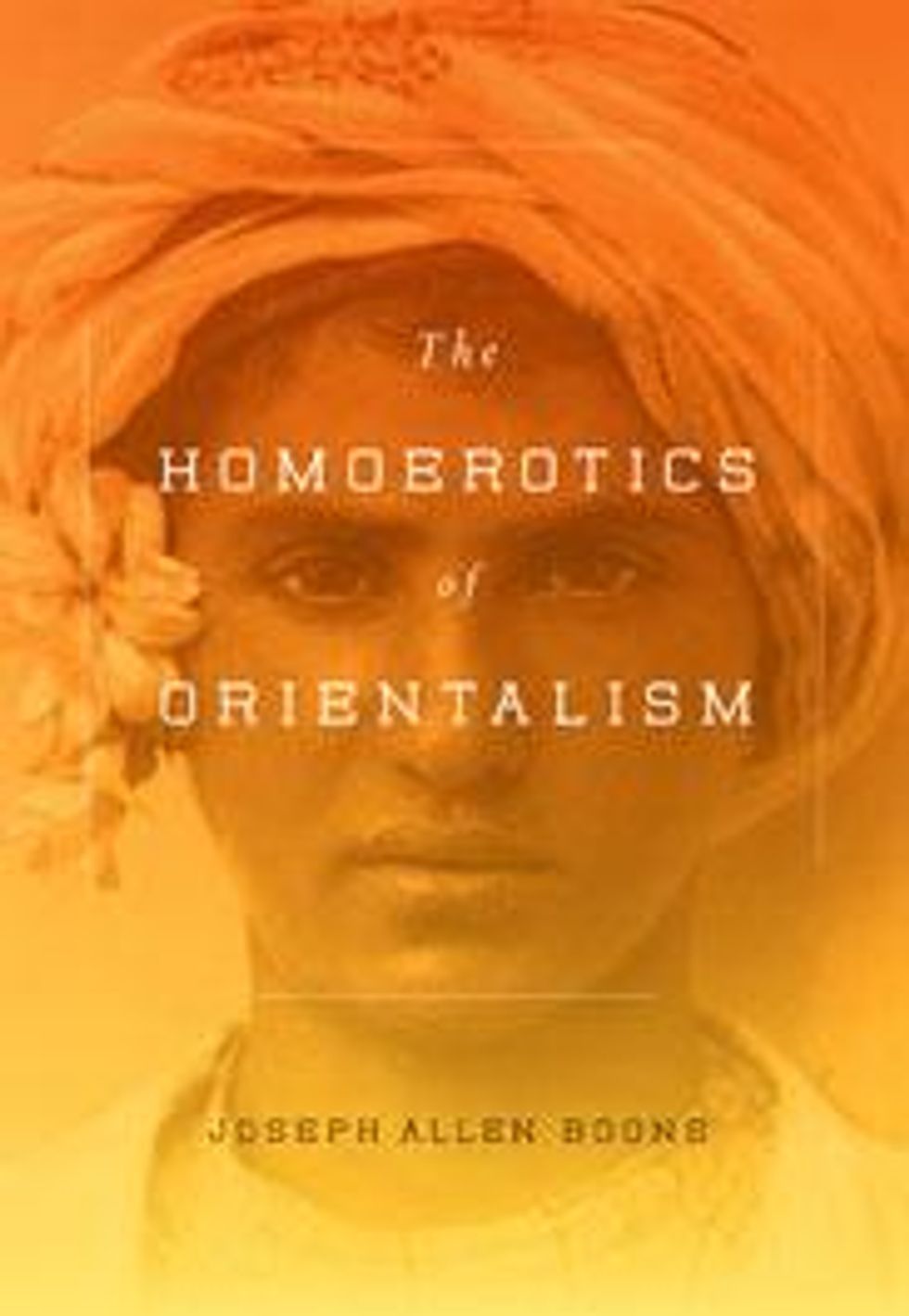
Another book, published earlier this year, hit the nail on the head more directly. The Homoerotics of Orientalism(Columbia University Press) by Joseph Allen Boone explains that the cultural exchanges between the Middle East and the West have always been reciprocal and often mutual, and amatory as well as hostile. Boone examines European accounts of Istanbul and Egypt as hotbeds of forbidden desire, juxtaposing Ottoman homoerotic genres and their European imitators. This remarkable study models an ethics of cross-cultural reading that exposes, with nuance and economy, the crucial role played by the homoerotics of Orientalism in shaping the world as we know it today.
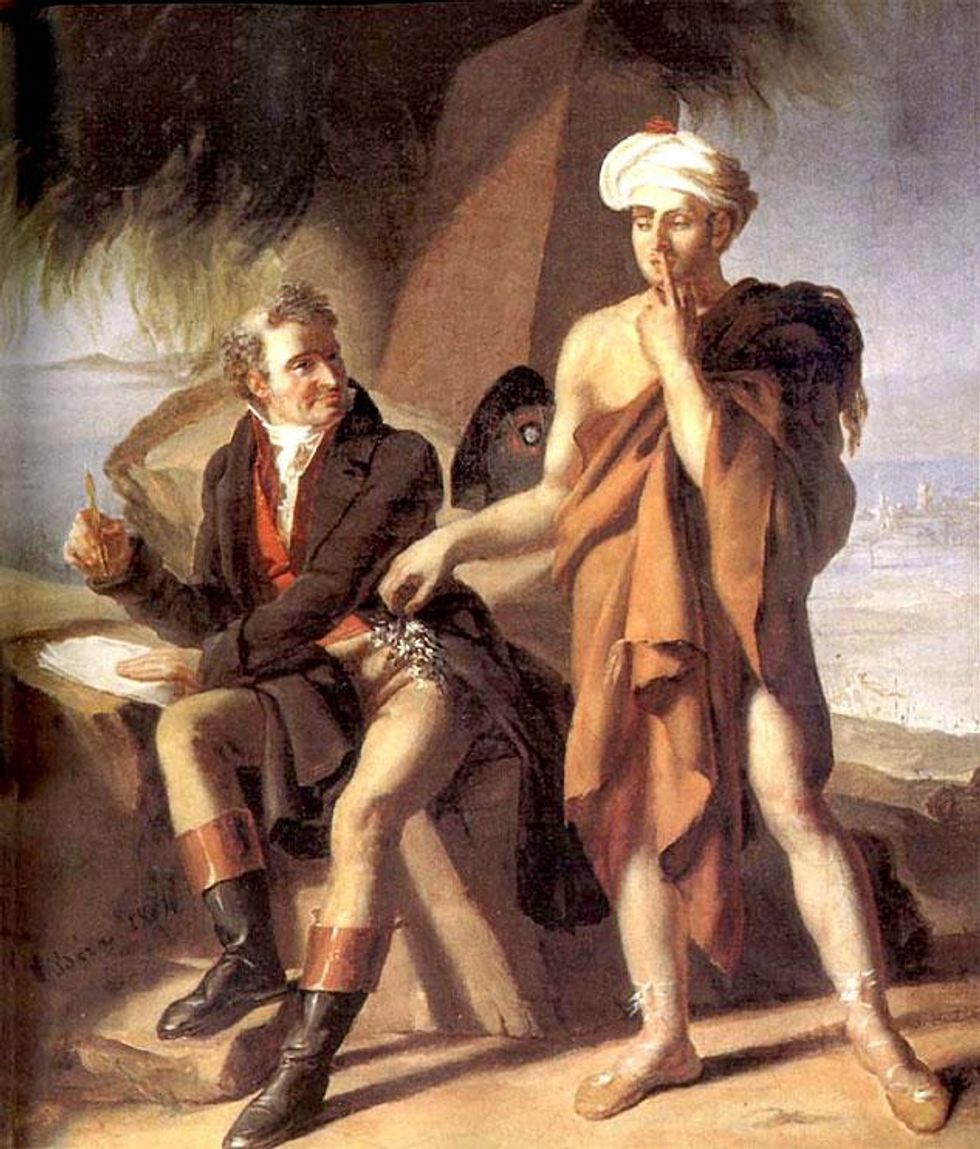
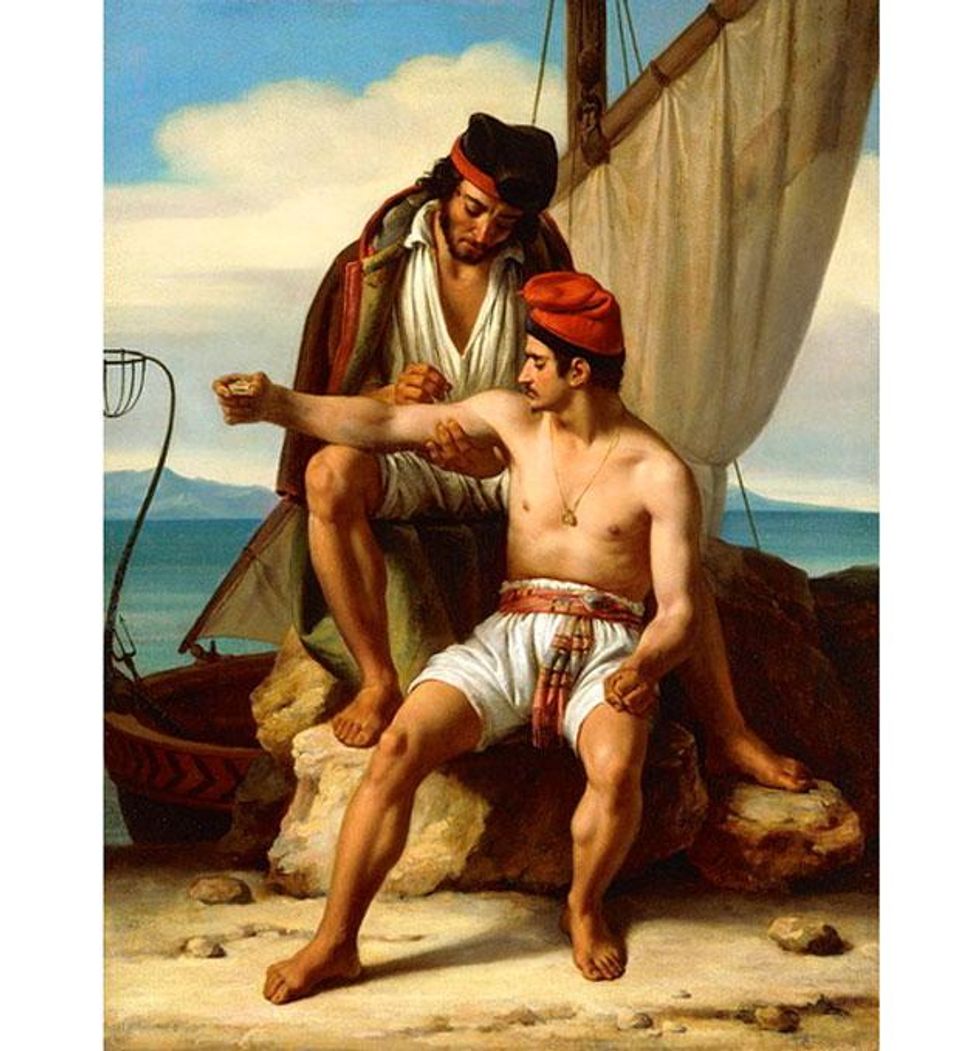
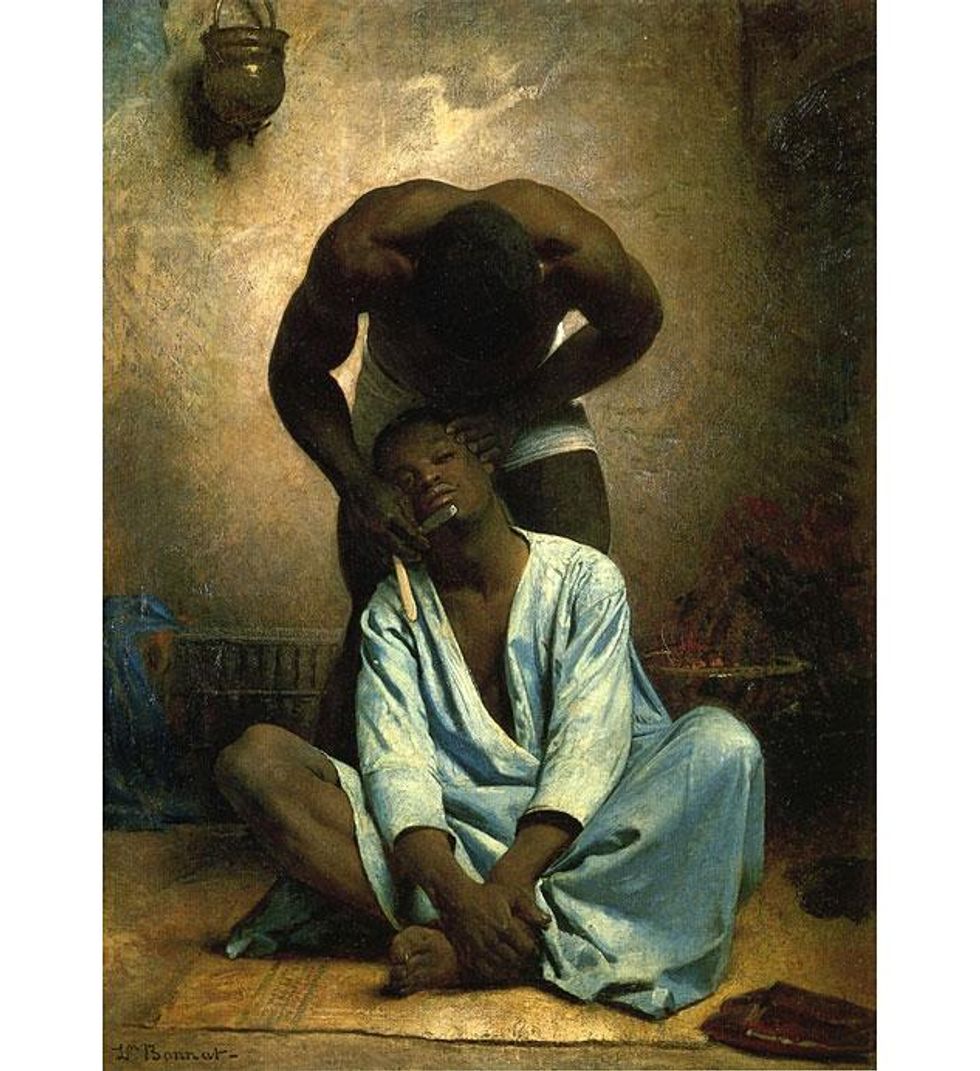
"One of the best examples of an Orientalist painting that appears homoerotic, at least to a modern viewer, is The Barber of Suez, painted by Leon Bonnat in 1876, a few years after his trip to Egypt. ... A comely young man sits cross-legged on a rug, his robe open at his neck, while another well-muscled man, wearing only a loin cloth, stands behind him, leaning over to shave his chin. The sitting man, with a look of plenitude, nestles his head into the barber's crotch. Hugh Honour remarks on the photographic nature of the picture in which 'these two motionless figures [are] completely absorbed into one another, sealed off in their own world, observed but unobserving'. The contact between head and genitals, the tenderness and intimacy of their barber's gesture, as he spreads the fingers of his free hand over the side of his client's face and the blissful look of the man being shaved, combined with the general portrayal of handsome partially unclothed black men, might well have struck responsive chords in the homosexual viewers. -- Robert Aldrich, Colonialism and Homosexuality
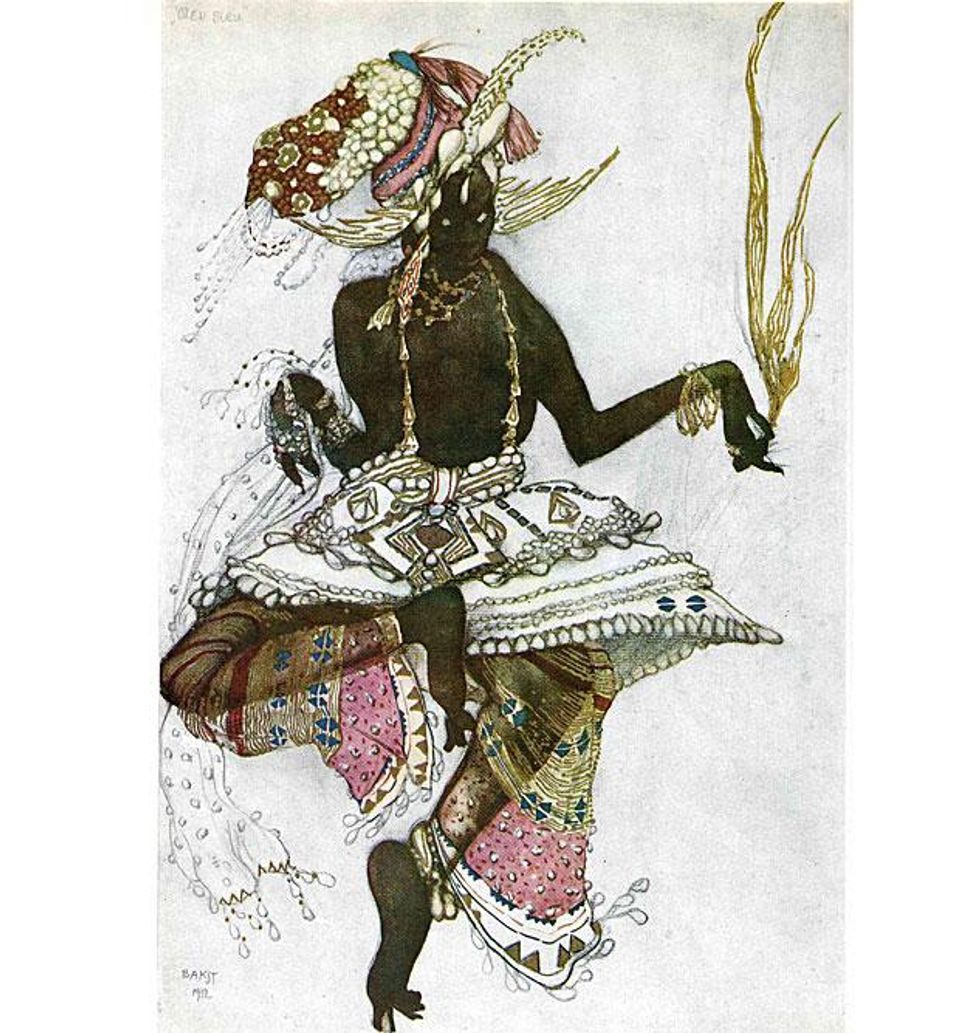
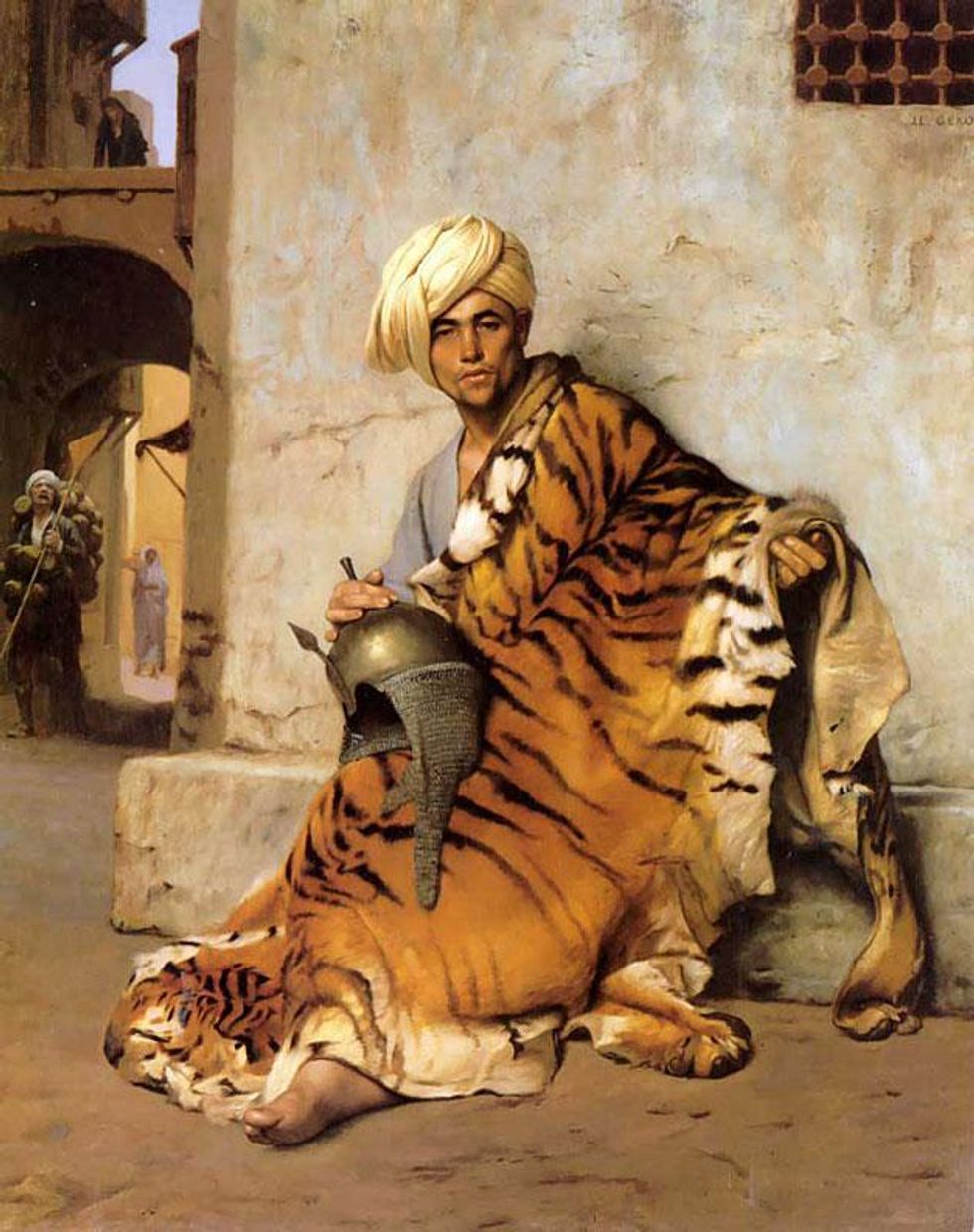
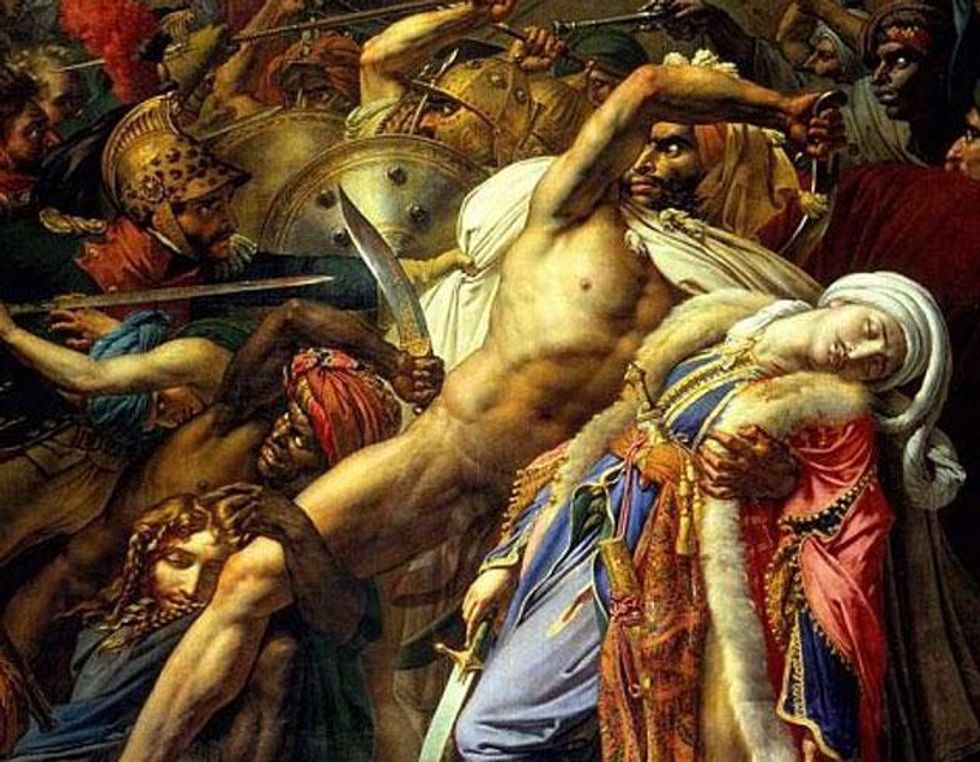
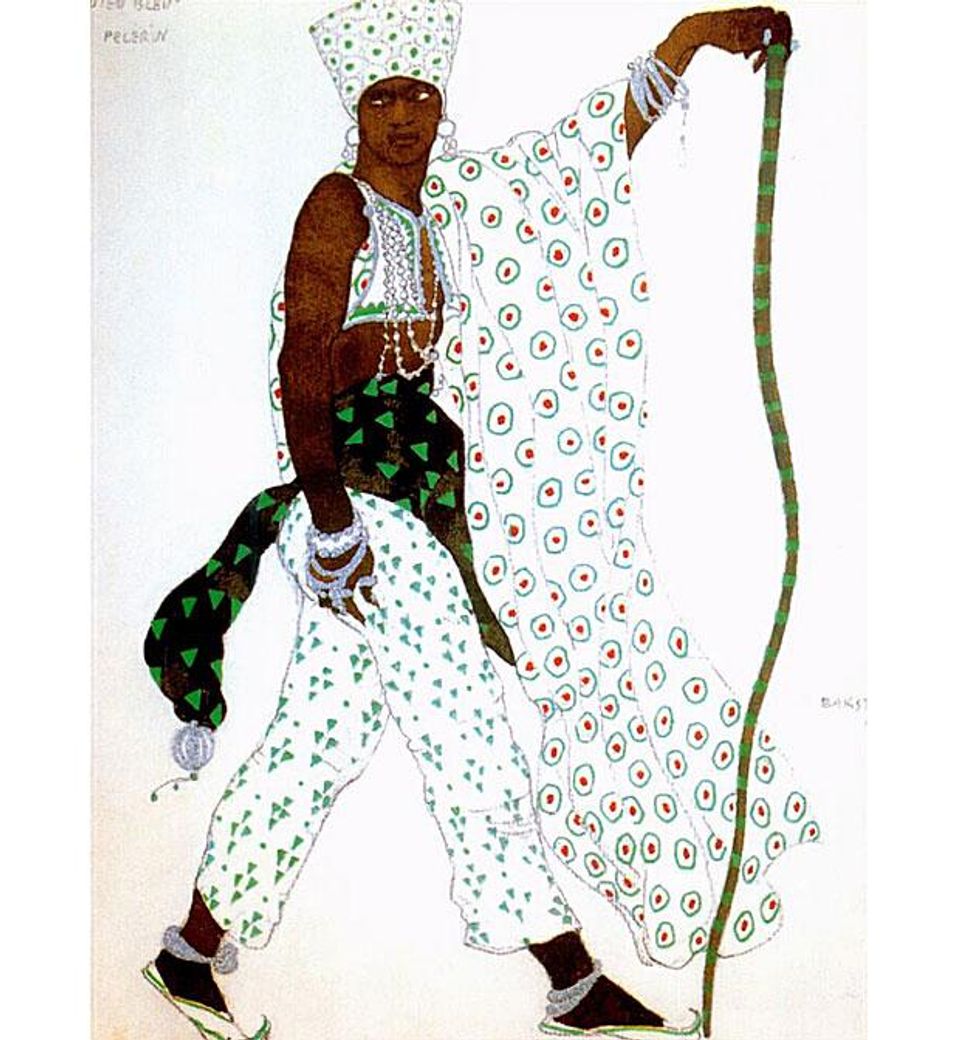
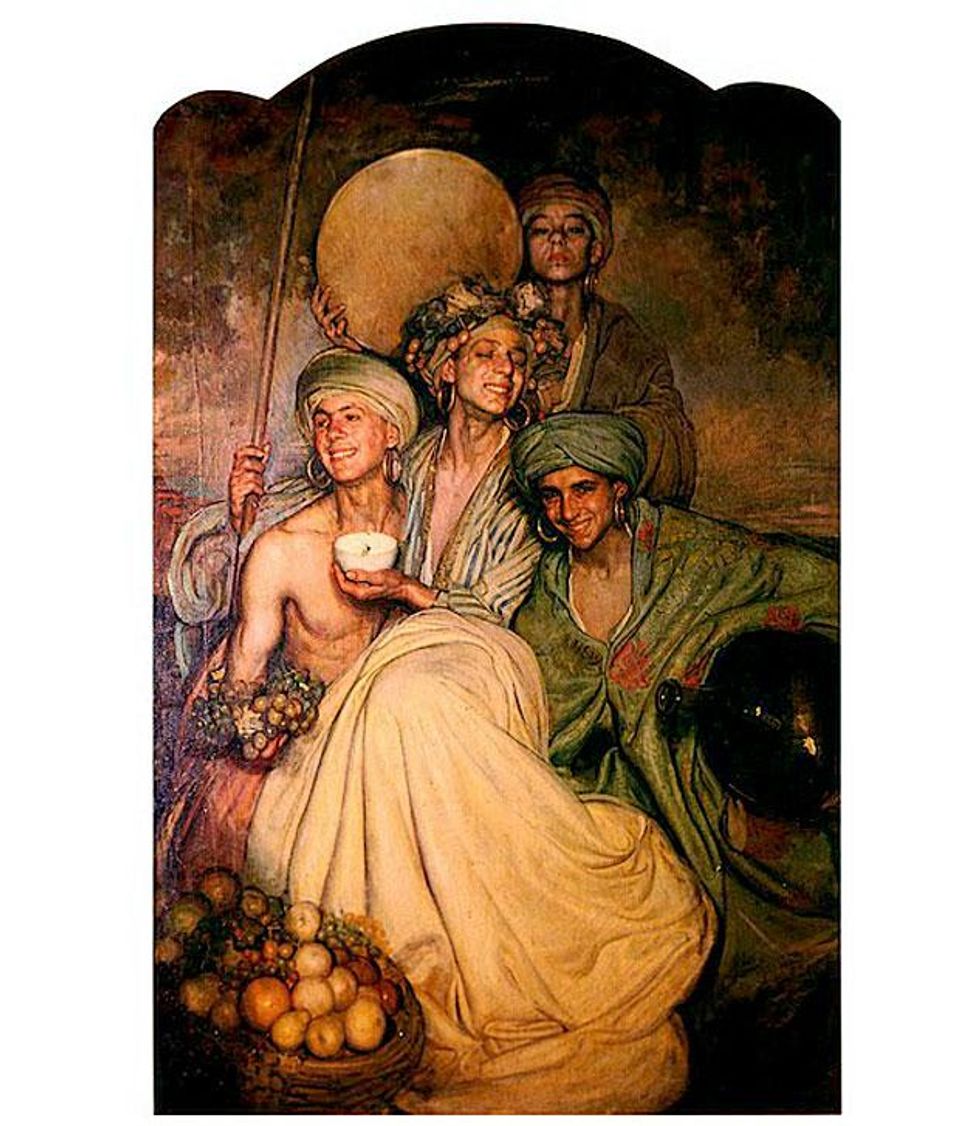
Raya(1887-1973) was a Spanishpainter.He began hisapprenticeship with hisAuntPaquitaRayaand Schoolof IndustrialArts in hishometown.In 1907he traveled back and forth to toMadridto studywithCecilioPla, as his finances allowed. until 1914.During those years hewas presentedto the National Exhibitionof FineArts,where he earnedan honorable mentionin 1912. From 1922she howed a preference forthe Orientalistthemes.That same year hewas appointed directorof the Residenceof Painters of theAlhambra.In 1925, he was namedan academic ofthe Royal Academyof Fine Arts inGranada,Madrid, andMalaga.Dedicated toteaching, he taughtat the School ofArts and Crafts inGranada.From 1955 to1960 hetraveled toMadridto paintportraits ofFranciscoFrancoand his wife, andAdm.CarreroBlancoandother membersofMadrid's highbourgeoisie.
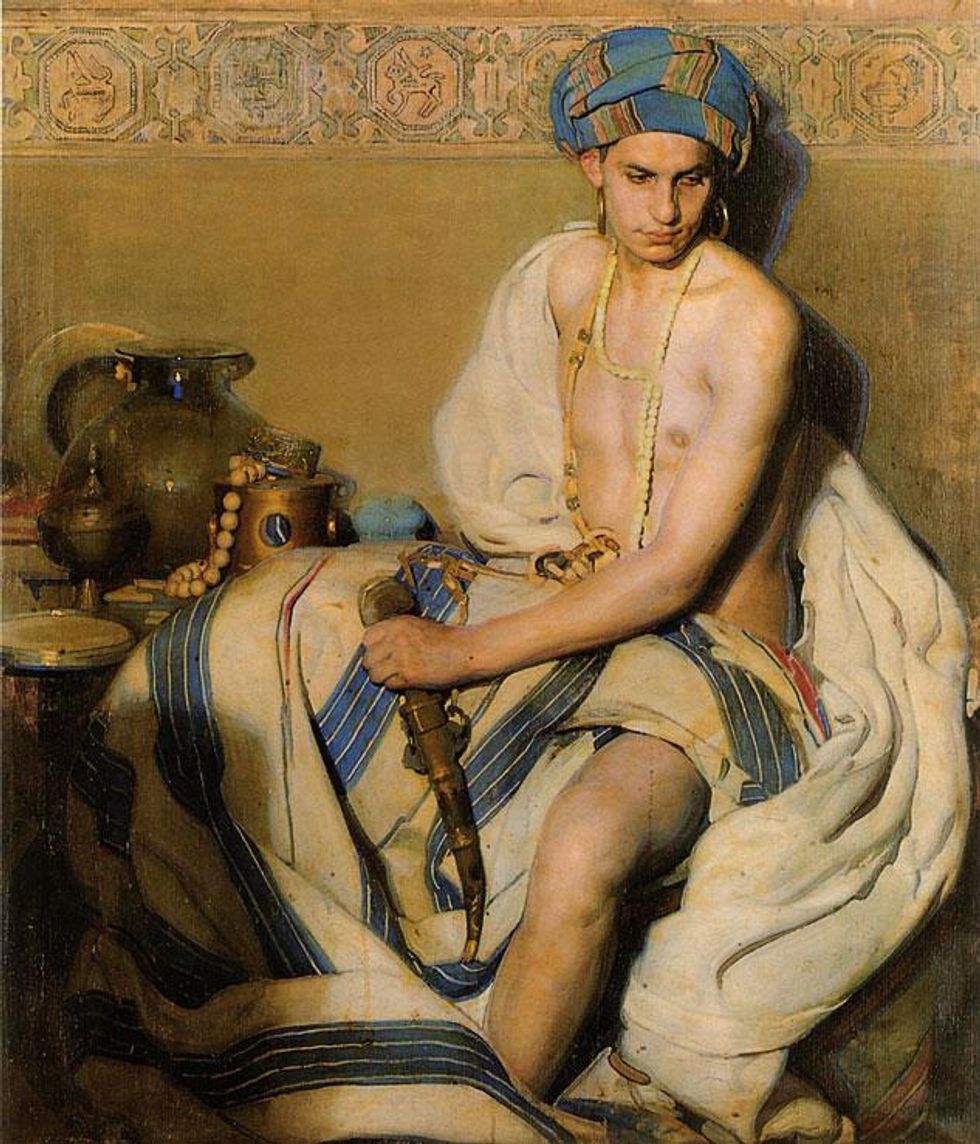
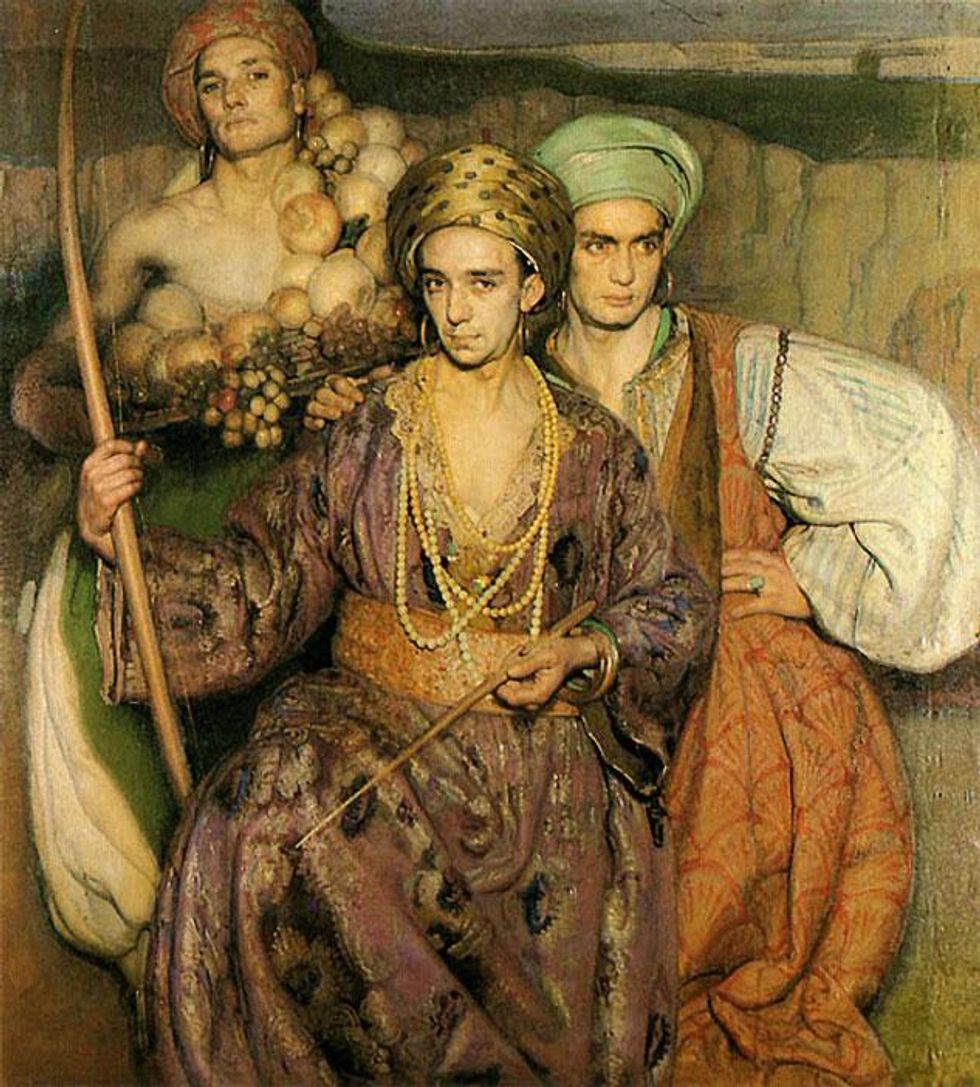
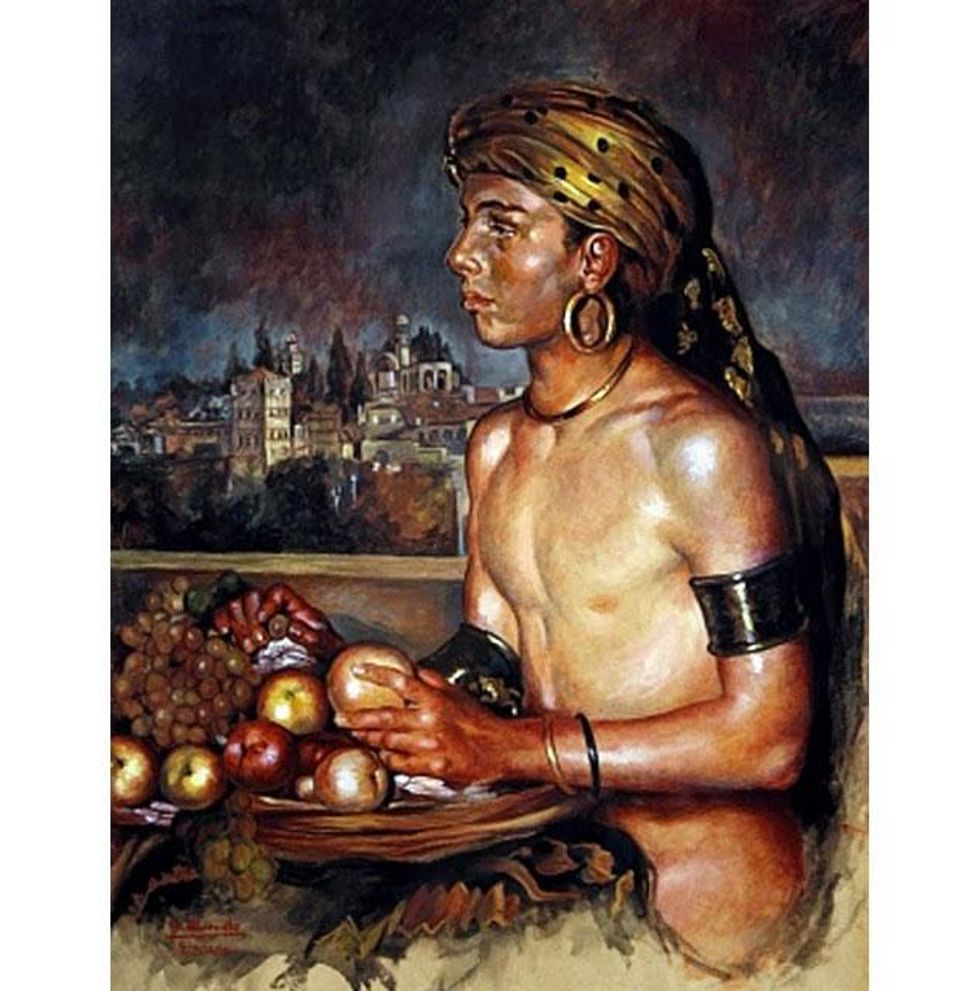
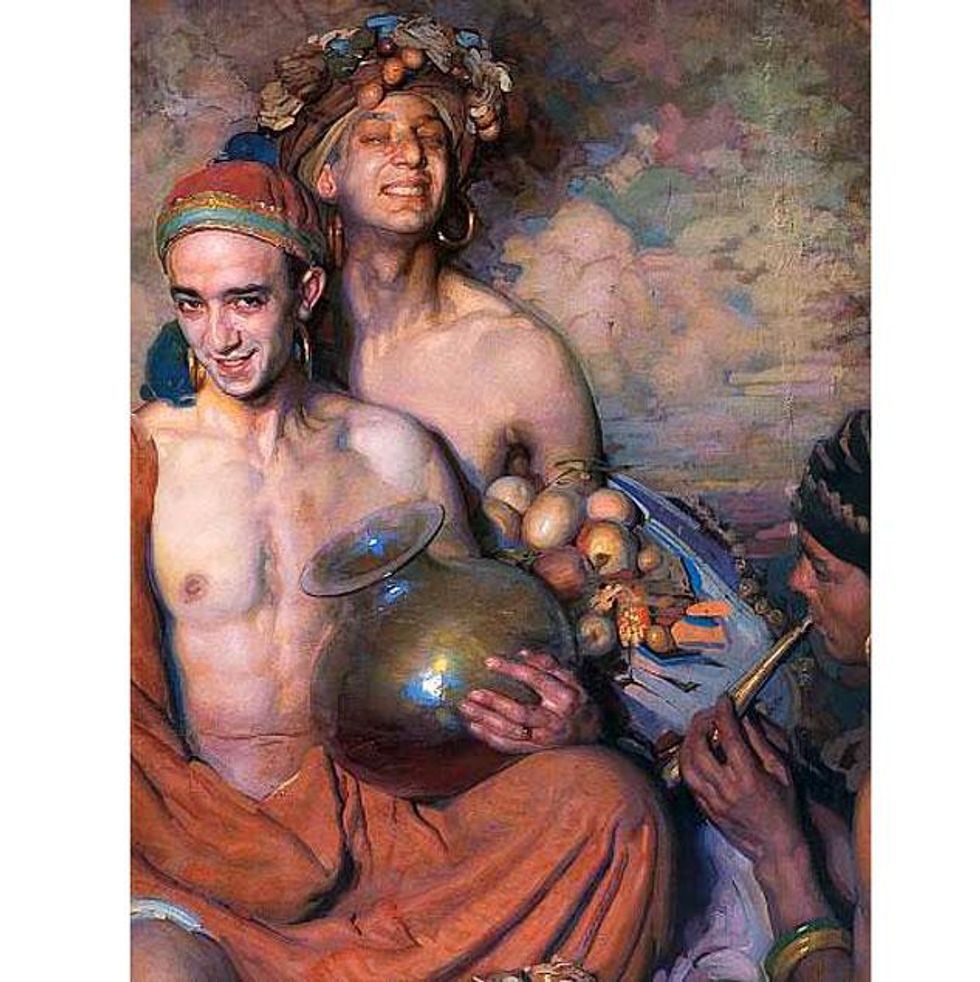

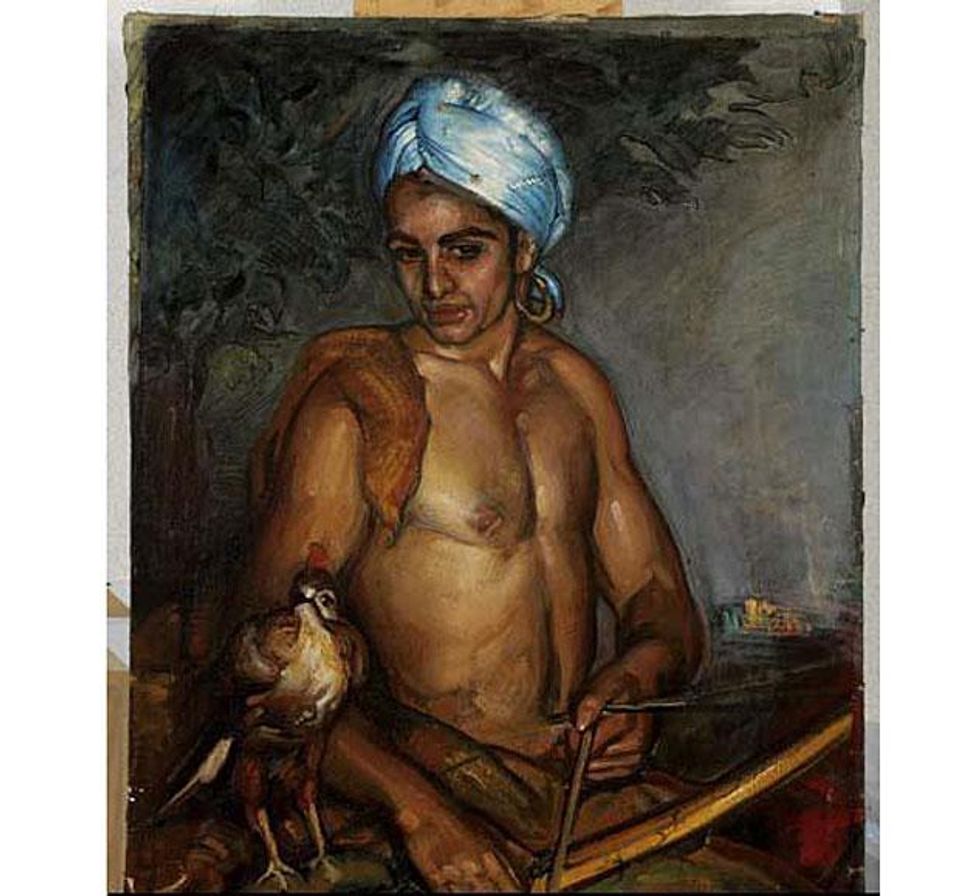
Viral post saying Republicans 'have two daddies now' has MAGA hot and bothered